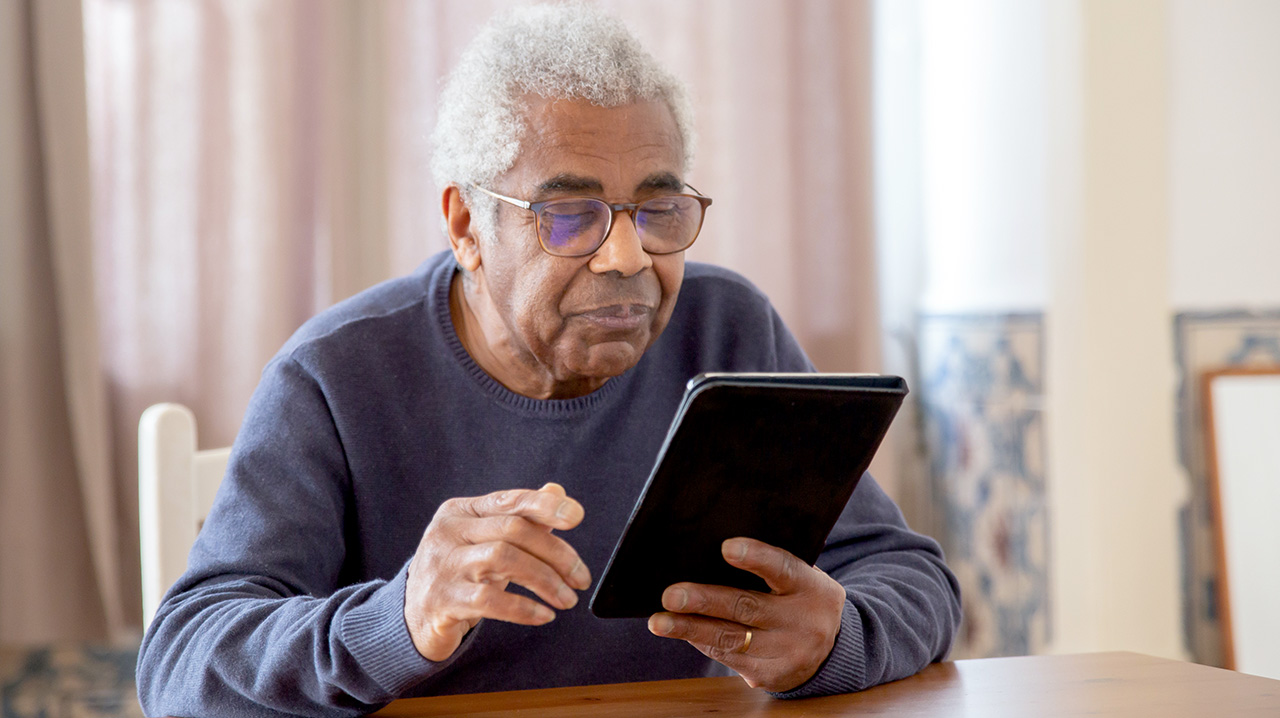Contents
Adults and adult learners generally have a positive attitude toward using multimedia in their learning process. This was shown by the feedback from various adult education courses. They find it helpful in enhancing their understanding of complex topics and retaining information better. Multimedia also helps to make learning more engaging and interactive, which is important for adult learners. Besides this, multimedia content – combined with well-fitting assignments – cares for active learning (with better and sustainable learning results).
Obstacles and problems
The problems that can occur when working with multimedia content mostly affect older learners (but can occur with all age groups). Some older adults are not familiar (enough) with technology and struggled with using digital devices and software. Additionally, we observed visual and/or auditory impairments that make it difficult to engage with certain multimedia materials. Finally, some older adults mentioned that they prefer more traditional, text-based learning materials and find it challenging to adapt to new learning methods.

Adult learners on the one hand love multimedia content but are sometimes overwhelmed by it.
Some ideas to solve these problems
During COVID-19 and also the last time, we had some training with older adults (65+ age group). The trainer team of the EBI discussed means that can be helpful in the future to assist older people in their learning process.
Help for older adults with visual and/or auditory impairments
Visual or auditory impairments can pose challenges for older adults in accessing multimedia-based and interactive learning materials anyway.
For individuals with visual impairments, one solution is to provide alternative formats for the materials. For example, written materials can be made available in larger print, or audio formats. Alternatively, videos or images can be described in detail to provide a more comprehensive understanding of the content. A transcript should be available for each video as a standard.
For individuals with auditory impairments, subtitles or captions can be added to videos, and transcripts should be provided for any audio material. Additionally, sign language interpretation can be provided for videos and other multimedia materials.

Adults learn in groups and are sometimes challenged in the use of their devices.
In both cases, it is important to ensure that the materials are accessible and easy to use. Clear and simple instructions should be provided, and the layout of the materials should be designed in a way that is easy to navigate. Older adults with impairments may also benefit from individualized support and training to help them use digital devices and software.
Help older adults having trouble with their devices
In the evaluation and lessons learned (of the last Adult Education courses) with older adults, we proposed several measures for the future.
- Provide clear and concise instructions
- Offer personalized training
- Use visual aids
- Encourage practice
- Create a supportive environment
- Connect them with peers

Adults learn in a group and are supported by a specialist.
Multimedia content can provide significant added value in adult education. By incorporating a range of media such as text, images, audio, and video, educators can create more engaging and interactive learning experiences. This can help to capture and maintain learners’ attention, increase their motivation, and improve their retention of information.
Multimedia content can also be used to address different learning styles, making the learning process more accessible to a wider range of learners. Additionally, multimedia resources can be accessed and revisited at any time, allowing learners to review and reinforce their understanding at their own pace. Overall, the use of multimedia content in adult education can lead to more effective and efficient learning outcomes.
The complete document with enhanced measures and descriptions is available in EPALE (epale.ec.europa.eu/en/private/intermedia-implementation-interactivity-multimedia-based-content-multiple-devices/adults)
Views: 132
